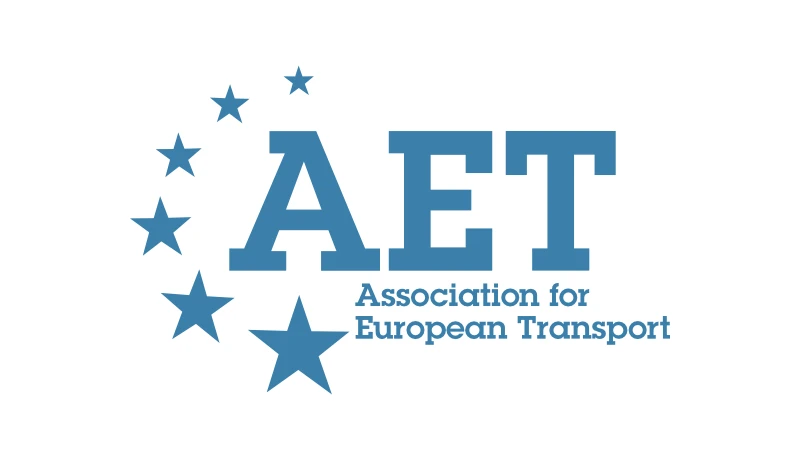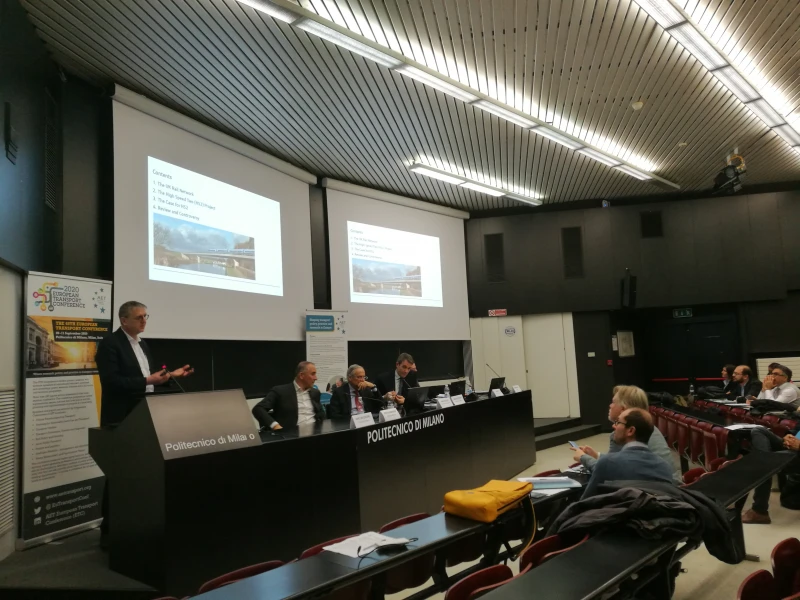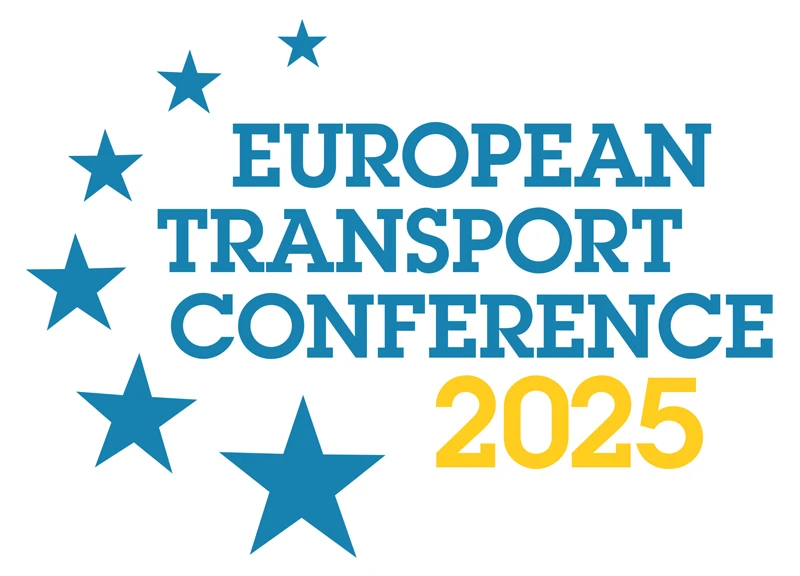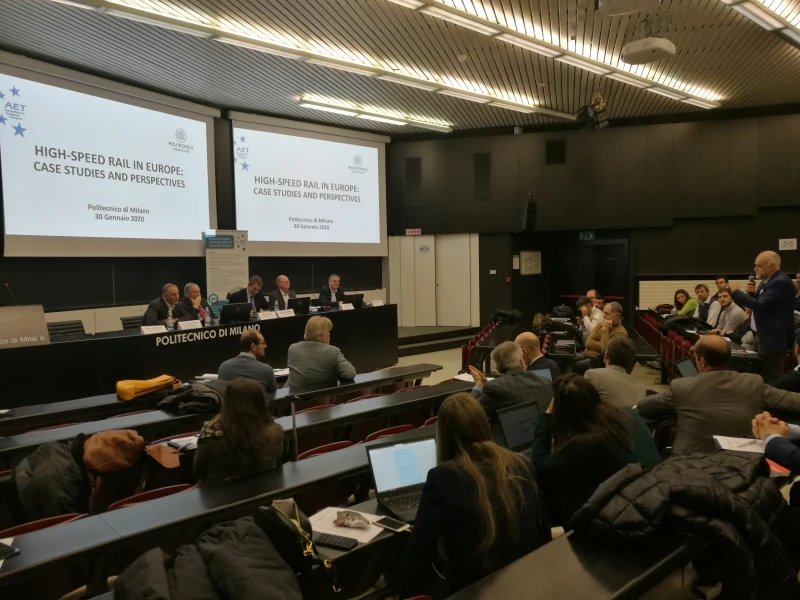-
Past ETC Papers
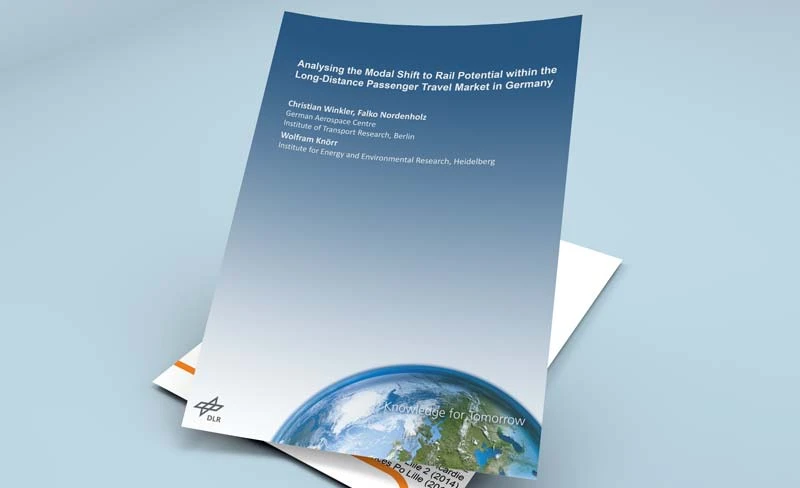
Browse, search and view papers from the past AET Conferences.
-
Members' Area
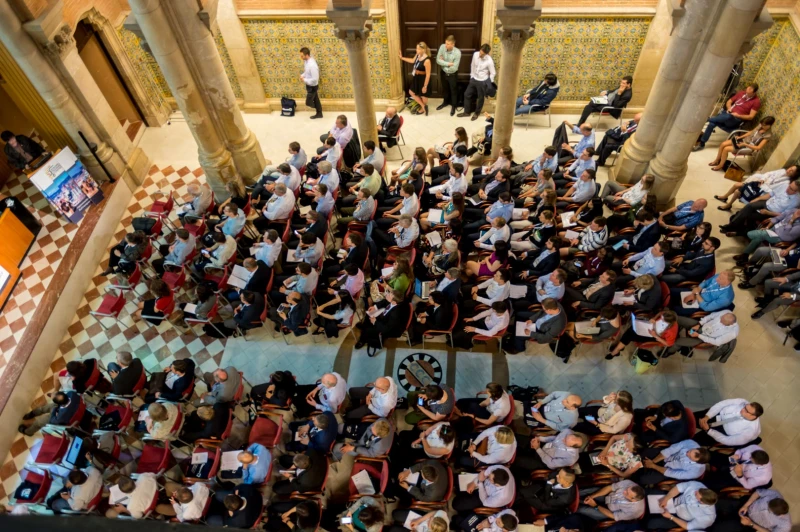
AET promotes networking and exchange of ideas, information and opportunities amongst members.
Conference Papers 2024
Antwerp, Belgium
ETC Conference Papers 2024
Transition from Traditional Transport Demand Models to Activity-based and Agent-based Models. An Inventory.
Seminar
Day 2 (19 Sep 2024), Session 7, ABM transition, 15:30 - 17:30
Status
Accepted, documents submitted
Submitted by / Abstract owner
Jan Kiel
Authors
Jan Kiel, Panteia (presenter)
Anne Jousma, Municipality of Utrecht
Marits Pieters, Municipality of Amsterdam
Amand Stevens, Province of Noord Brabant
Short abstract
Inventory of a transition towards activity-based and agent-based models
Abstract
The mobility landscape undergoes different transformations. Developments such as the introduction of shared mobility, Mobility as a Service (MaaS), automated vehicles, public transport hubs, micro-mobility, as well as welfare distribution effects for different users, raise new policy questions. The requirements for transport models are therefore evolving as well, to address the policy questions that arise from these phenomena. Traditional transport models are found to be increasingly insufficient in catering to the diverse needs to answer policy questions of travel behaviour in urban and regional mobility.
In response to this, SIVMO (a collaboration of Dutch governmental bodies, including municipalities, metropolitan regions, provinces and road and rail authorities), has initiated an exploration into the potential of a transition towards activity-based and agent-based models. The exploration aims to provide a more granular and comprehensive understanding of these models, which are believed to be better suited for policy-making and urban and regional planning in today's transport environment.
SIVMO has several questions regarding the transition from traditional models to activity- and agent-based models. These range from methodologies, processes, application, as well as management and maintenance, to the definition of activity-based and agent-based models, stochasticity, challenges faced in the development and application, and pros and cons of these models. To address SIVMO's various needs, an extensive inventory was conducted. This inventory comprises a literature review, in-depth interviews with experts, and a workshop with international specialists in the field.
The literature review provides an understanding of the current state of activity-based and agent-based models. The literature, primarily sourced from open-access publications, covers several themes, including topics such as synthetic population modelling, the integration of big data into activity-based models, advancements in simulation platforms, the application of agent-based models in planning, and recent innovations in activity-based and agent-based frameworks. From these wide-ranging themes, specific studies were selected to address the more detailed questions posed in the inventory, to ensure a more focused exploration and to provide a base for the expert interviews.
The expert interviews provided a deeper understanding of the development, application, organisation, limitations, and implications of these models. In general it covers a deep dive into the aforementioned aspects of activity-based and agent-based models. The interviews also highlight the challenges involved in implementing these models, their integration with existing systems, and the necessity for collaborative efforts with academics, market players and other governmental bodies.
The workshop with international experts provided further information on the potential of activity-based and agent-based models, the challenges concerning methodology, the process of a transition towards activity- and agent-based models, the maintenance of these models, the collaboration among agencies, consultants, and academic institutions, and the application of the models.
The paper synthesises the findings from the inventory, and emphasises the need for a transition from traditional models to activity-based models. It underscores the potential of these models to provide a better understanding of modern transport systems by providing better underpinned answers to policy questions. The paper will present the findings from the inventory and provides a practical guidance to governments and institutions in Europe and elsewhere that have similar questions on the transition from traditional models to activity-based models.
Programme committee
Transport Models
Topic
Transport planning analysis and models
Documents:

Association For
European Transport
Forester House
Doctors Lane
Henley-in-Arden
Warwickshire, UK
B95 5AW
+44 (0) 15 64 793552
VAT number: 710 1866 64
Conference Supporters & Endorsers




Legal Entity
The Association for European Transport is registered as an Association ('vereniging') with the Chamber of Commerce for Haaglanden in The Netherlands under company number 27170096.
Built on Zenario

